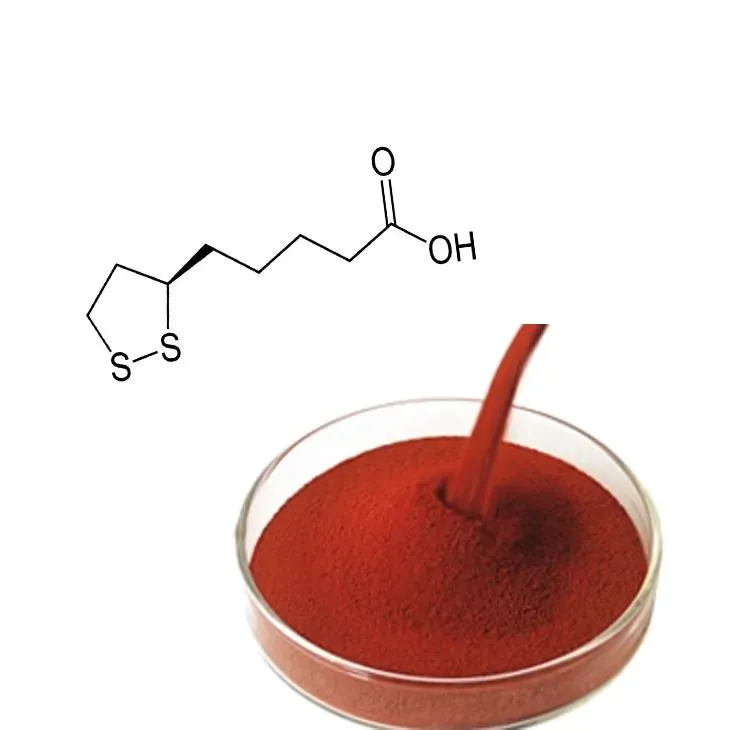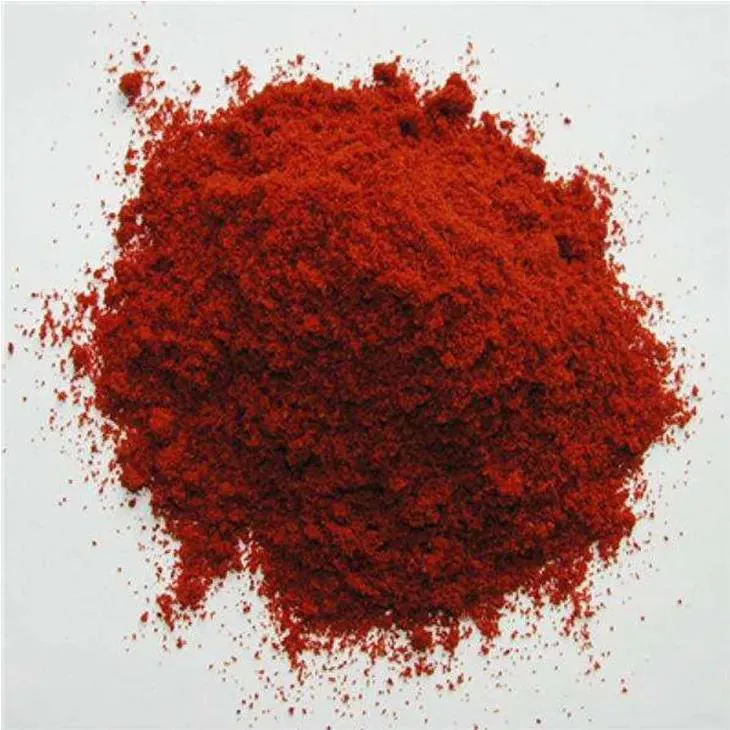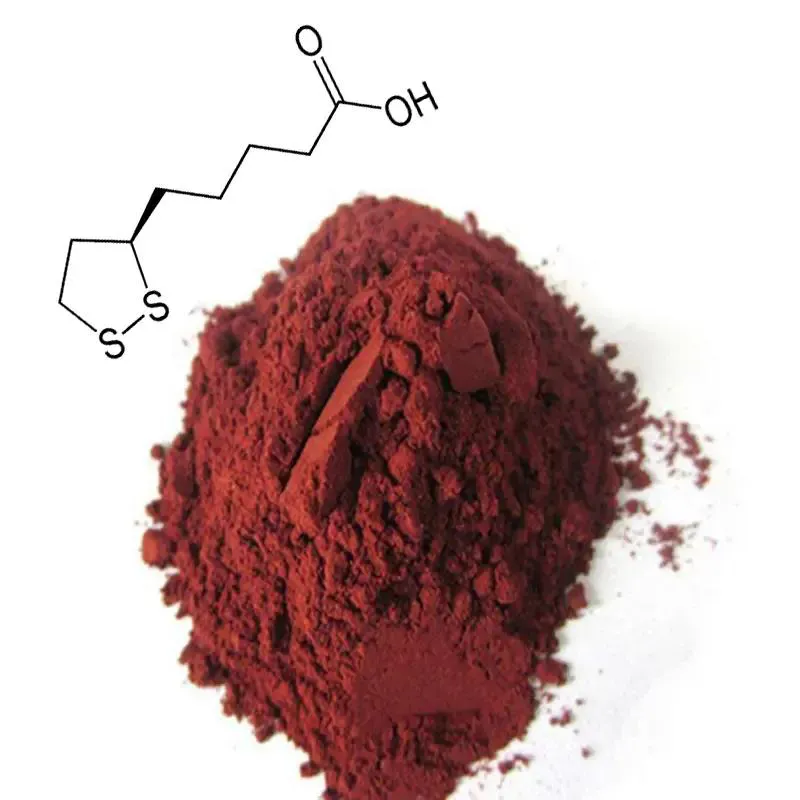- 0086-571-85302990
- sales@greenskybio.com
The best sources of natural astaxanthin.
2024-11-29

Introduction
Astaxanthin has gained significant attention in recent years due to its remarkable antioxidant properties. It is a carotenoid pigment that is considered one of the most powerful antioxidants in nature. This compound can offer numerous health benefits, such as protecting cells from oxidative damage, reducing inflammation, and potentially improving cardiovascular health. As a result, finding the best natural sources of Astaxanthin has become an important area of research and interest. In this article, we will explore some of the top natural sources of Astaxanthin.

Haematococcus pluvialis Microalgae
1. Growth Conditions
Haematococcus pluvialis is a type of microalgae that is widely recognized as an excellent source of astaxanthin. This microalgae has the ability to thrive in extreme conditions, which plays a crucial role in its high astaxanthin production. It can tolerate high levels of light intensity, temperature fluctuations, and nutrient deficiencies. For example, in its natural habitat, it can be exposed to intense sunlight during certain times of the day and still be able to carry out photosynthesis and synthesize astaxanthin.
2. Astaxanthin Synthesis
The unique growth conditions of Haematococcus pluvialis trigger a complex process of astaxanthin synthesis. When the microalgae are exposed to stress factors such as high light or nutrient limitation, they start to produce astaxanthin as a protective mechanism. Astaxanthin accumulates within the cells of the microalgae, reaching relatively high concentrations. This makes Haematococcus pluvialis a concentrated source of natural astaxanthin. It is often used in the production of dietary supplements and is considered a high - quality source for those seeking to obtain the antioxidant benefits of astaxanthin.
3. Industrial Production
Due to its importance as a source of astaxanthin, Haematococcus pluvialis is now being cultivated on an industrial scale. The cultivation process involves carefully controlling the growth conditions to optimize astaxanthin production. This includes providing the right amount of light, nutrients, and temperature. The microalgae are typically grown in large - scale bioreactors or ponds. Once the astaxanthin content has reached the desired level, the microalgae are harvested and the astaxanthin is extracted for use in various products, such as supplements, cosmetics, and functional foods.

Krill
1. Characteristics of Krill
Krill are small, shrimp - like crustaceans that are found in the oceans, particularly in the Antarctic regions. They are an important part of the marine food chain. Krill - sourced astaxanthin has some unique properties that make it beneficial for health. Krill are known to be rich in omega - 3 fatty acids in addition to astaxanthin. The combination of these two nutrients can have synergistic effects on health, such as reducing inflammation and improving heart health.
2. Bioavailability of Astaxanthin from Krill
The astaxanthin present in krill has a different chemical structure compared to other sources. This structure may contribute to its enhanced bioavailability. Bioavailability refers to the extent to which a nutrient can be absorbed and utilized by the body. The astaxanthin in krill is often bound to phospholipids, which may help in its better absorption in the digestive tract. This means that when consumed, a larger proportion of the astaxanthin from krill may be available for the body to use compared to other sources.
3. Sustainable Harvesting
With the increasing demand for krill - sourced astaxanthin, sustainable harvesting practices are of utmost importance. The Antarctic krill fishery is carefully managed to ensure that the krill population remains stable. Fishing quotas are set based on scientific research to avoid over - exploitation. Additionally, modern fishing techniques are being used to minimize the impact on the marine environment. For example, some fishing vessels are equipped with advanced sorting and processing equipment to reduce by - catch and waste.

Trout
1. Astaxanthin in Trout Diet
Trout are a type of fish that are known to be rich in astaxanthin. In the wild, trout obtain astaxanthin from their diet, which mainly consists of small aquatic organisms such as crustaceans and insects. The astaxanthin gives trout their characteristic pink or red color. In aquaculture, trout are often fed a diet supplemented with astaxanthin to enhance their color, which is also an indication of the presence of this valuable antioxidant in their flesh.
2. Health Benefits from Consuming Trout
Consuming trout that is rich in astaxanthin can offer several health benefits. Astaxanthin in trout can act as an antioxidant within the human body, protecting cells from oxidative stress. Additionally, trout is a good source of high - quality protein, which is essential for building and repairing tissues. The combination of astaxanthin and other nutrients in trout makes it a healthy addition to the diet. It can be prepared in various ways, such as baking, grilling, or pan - frying, providing a delicious and natural way to incorporate astaxanthin into one's diet.
3. Aquaculture and Astaxanthin Supplementation
In modern aquaculture, the supplementation of astaxanthin in trout feed is carefully regulated. The amount of astaxanthin added to the feed needs to be optimized to ensure that the trout receive enough of this nutrient without any negative impacts. The quality of the astaxanthin used in the feed is also important. High - quality astaxanthin sources, such as those from Haematococcus pluvialis or krill, are often preferred to ensure that the trout can effectively absorb and store the astaxanthin in their flesh.
Other Potential Sources
1. Salmon
Salmon is another fish that contains astaxanthin. Similar to trout, salmon obtains astaxanthin from its diet in the wild. In aquaculture, salmon are also fed diets supplemented with astaxanthin to maintain their characteristic color. The astaxanthin in salmon offers antioxidant benefits and is an important part of the nutritional profile of this popular fish. However, compared to trout, salmon may have different levels of astaxanthin depending on factors such as the species, diet, and farming conditions.
2. Shrimp
Shrimp are crustaceans that can also be a source of astaxanthin. The astaxanthin in shrimp gives them their pinkish - orange color. While shrimp may not contain as high a concentration of astaxanthin as some other sources like Haematococcus pluvialis, they are still a natural source that can contribute to the intake of astaxanthin in the diet. Shrimp are also a rich source of other nutrients such as protein and vitamins, making them a healthy food choice in general.
3. Algae - Based Supplements
In addition to consuming natural sources of astaxanthin through food, there are also algae - based supplements available in the market. These supplements are typically made from Haematococcus pluvialis microalgae. They offer a convenient way to obtain a concentrated dose of astaxanthin. However, it is important to choose high - quality supplements from reliable manufacturers to ensure the purity and effectiveness of the astaxanthin content.
Conclusion
In conclusion, there are several excellent natural sources of astaxanthin. Haematococcus pluvialis microalgae, krill, and trout are among the top sources, each with their own unique characteristics and benefits. Whether it is through consuming these foods directly or through taking supplements, obtaining astaxanthin from natural sources can be a great way to take advantage of its antioxidant properties and potential health benefits. As research on astaxanthin continues, we may discover more about its role in human health and find even better ways to incorporate it into our diets.
FAQ:
What makes Haematococcus pluvialis microalgae a good source of astaxanthin?
Haematococcus pluvialis microalgae is a great source of astaxanthin because it can thrive in extreme conditions. These extreme conditions prompt the microalgae to synthesize a rich amount of astaxanthin.
What are the unique properties of krill - sourced astaxanthin?
Krill - sourced astaxanthin has unique properties that are beneficial for health. However, the specific unique properties may include aspects such as better bioavailability or interaction with certain biological processes in the body, though further research may be needed to fully understand all of them.
How can trout be incorporated into the diet to get astaxanthin?
Trout rich in astaxanthin can be cooked and prepared in various ways like grilling, baking or frying and then consumed as part of a normal meal. For example, it can be served with vegetables and a side dish, thus incorporating the astaxanthin - rich trout into the diet in a delicious way.
Is astaxanthin from natural sources better than synthetic ones?
Natural sources of astaxanthin may have certain advantages over synthetic ones. Natural astaxanthin often comes with other beneficial compounds that may work synergistically in the body. Also, it may be more easily recognized and processed by the body's biological systems, although more research is needed to make a definitive comparison.
How much astaxanthin can one get from these natural sources?
The amount of astaxanthin one can get from these natural sources varies. For example, the astaxanthin content in Haematococcus pluvialis microalgae can depend on factors like growth conditions and harvesting time. Similarly, the amount in krill and trout can be influenced by their diet, habitat and species - specific characteristics. There is no one - size - fits - all answer regarding the exact quantity of astaxanthin from these sources.
Related literature
- The Role of Astaxanthin in Human Health and Nutrition"
- "Natural Sources of Astaxanthin: Production and Applications"
- "Astaxanthin: A Potent Antioxidant from Nature"
- ▶ Hesperidin
- ▶ Citrus Bioflavonoids
- ▶ Plant Extract
- ▶ lycopene
- ▶ Diosmin
- ▶ Grape seed extract
- ▶ Sea buckthorn Juice Powder
- ▶ Fruit Juice Powder
- ▶ Hops Extract
- ▶ Artichoke Extract
- ▶ Mushroom extract
- ▶ Astaxanthin
- ▶ Green Tea Extract
- ▶ Curcumin
- ▶ Horse Chestnut Extract
- ▶ Other Product
- ▶ Boswellia Serrata Extract
- ▶ Resveratrol
- ▶ Marigold Extract
- ▶ Grape Leaf Extract
- ▶ New Product
- ▶ Aminolevulinic acid
- ▶ Cranberry Extract
- ▶ Red Yeast Rice
- ▶ Red Wine Extract
-
Phyllanthus Emblica Extract
2024-11-29
-
Coix Seed Extract
2024-11-29
-
Ginger Extract
2024-11-29
-
Grape Leaf Extract
2024-11-29
-
Chia Seed Powder
2024-11-29
-
Agaricus Blazei Extract
2024-11-29
-
Nettle Root Extract
2024-11-29
-
Coconut Water Powder
2024-11-29
-
Grape Seed Extract
2024-11-29
-
Aminolevulinic acid
2024-11-29





















